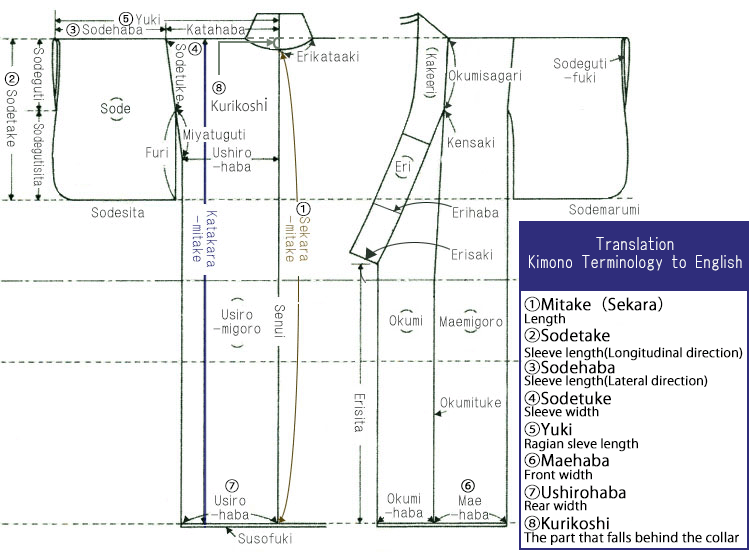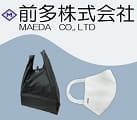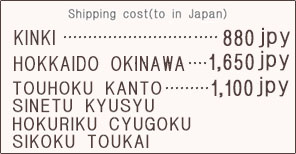A little knowledge of kimono
Table of Contents
This is the name of the part of the kimono. 
Q & A about kimono
Q. What is the season of the pattern of kimono?
- Although the pattern a little ahead of schedule is chic, it is okay if you do not mind if it is not formal.
Q. Tailoring suitable for the season · Single tailoring · Lightweight?
- Temporary tailoring from October to May · Single tailoring in June and September · Thinning in July will be.
However, please do not worry if it is not formal as it is hotter than before or air conditioning is working.
※ tailoring = tailored with lining / simple tailoring = no back fabric
Thin cloth = cloth for summer (such as gauze and gauze)
Tailoring and stamping
Q. What do I need to wear a kimono?
- If it is for women, it is a kimono, belt, flying, banding, knitting, waistband, socks, sandals, bag.
Haori, haori cords, semi-collars are also required at your preference and the scene at that time.
For men, they are kimono, band, kimono, waist cord, clogs, socks.
If you wear a haori coat on a coat, at this time, if you have milk on a coat, S Kang for a haori cord,
If you do not have a clip on a hoop string.
Hakama may be worn if it is more formal scene.
There are times when you need a fan even if you like.
Q. What should we put together kimonos and bands?
- Kimono and baggage of a small print which does not claim if it is for women, it is convenient if there is a Nagoya band, woven Nagoya band, dyeing Nagoya band.
If it is a casual main, a half width stripe would be better.
Since the impression changes with a combination of banding and flying -
It is convenient to have a lot.
Other than that, underwear, hem stroke, gobosu, 4 waist straps · Date fastening · band pillows · strips · socks.
(Patterns such as dresses are also increasing).
If it is for men you should wear kimono · kimono or corner band, waistband · waist strap 2 pcs · clogs · socks (wearing style). There is also one touch band .
Depending on your taste, it is possible to start with kimonos that can be washed with women and men
It is recommended because it is easy to handle and can be washed in the washing machine at home by putting it in the washing net.
(Dryer and dry mode are strictly prohibited for washable kimono!)
Q. What is the combination of kimono and band?
- Woven Nagoya band: In the case of classic patterns, formal.
Free abstract patterns can also be used casually.
Dye Nagoya band: Tsumugi / small patterns etc are casual.
Fudret belt: mainly dress. Especially the classic pattern using gold thread and silver thread is for formal.
Those with free patterns without using gold and silver threads can also be used for small prints and street arrivals.
Combination in color is to change the color of the belt or long-length furrows to kimono with shading
To feel calm,
Bring a color of a part of the handle in the kimono to a band or a bowl color
It will be fashionable.
Q. How often do you clean and clean?
- Silk silk: After taking off, remove dust and dry for one day in a well-ventilated shade.
About 10 times wearing it, so the inside handle of the collar, hem, sleeve is so dirty
Please make it a standard for washing.
There is also a way to include benzine in a white towel and hit it, but Antique kimono, such as squeezing dyeing are weak in color fixing, so
We recommend you to leave it to the cleaning shop.
Also, please be careful to protect your sweat from underwear when it's hot.
You can also recommend long-boiled with sweat-fast drying function.
Washable Kimono: Soaked in hand washing We recommend you to wash it, but Washing in the washing machine with internet is also possible.
In that case washing way with a short dehydration time with weak flow
(For example, the name of soft course / hand washing course).
Long dewatering may result in hard wrinkles.
Also washable kimono · Hakusho etc. are not strong to heat so dryers using hot air
· Please avoid the drying function of the washing machine.
In both cases folding the kimono, a large size of the marketed nylon mesh
Please put them in a laundry net and wash them one by one.
Use neutral detergent for detergent, please avoid using bleach, softener.
Pay particular attention to the collar, cuffs etc., finish the shape,
Pass it through a rod or hang it and dry it in a well-ventilated shade.
Please iron the cloth and apply it carefully at medium temperature (around 140 ℃).
Q. Can I use a semi-collar with color?
- White when wearing a formal dress, white, otherwise it is free.
Dark collar collar is difficult to coordinate, so
In the beginning you will be able to dress in light colors.
For men, co-color is fashionable for kimono.
Although white is also good, there seems to be a case that there are restrictions depending on the school such as the tea ceremony.
Q. How about dealing with rainy days and winter days?
- In the court there are a rain coat for kimono · a cashmere and a velvet winter coat.
We also recommend vinyl sand cover for rain.
For cold weather, the necklace and feet are particularly cold, so fur on the collar and feet of the nell on the feet will be comfortable.
Q. How easy is it when you are wearing kimonos?
- Posture extends the back muscles and neck, pulls out the power of the shoulder,
I will walk so that the thumbs of both feet are on one straight line.
Lightly put your feet in the sandals and pinch the thongs with your thumb and forefinger
It is easy to walk and beautiful when weighing a little before.
Q. What are the tips for standing and sitting while wearing kimonos?
- When sitting from the left foot without front, when you stand stand up the heel first
From the right foot has come true to the theory of kimono.
When sitting on a chair, sit down with the fabric under the waist raised slightly.
Sitting shallow and hard to fall off.
Even when you stand upright and sit down when holding the upper part with your right hand, it is comfortable.
Q. Do you need Japanese dance for storage?
- It is convenient to have it.
If there is no Kiri chest of drawers it is recommended that a box spirit is provided.
If it is premised to place it in a well-ventilated place, tea boxes and cardboards are also OK.
It is moisture and a long space that I want to be careful.
Please check regularly.
Q. Will you be able to dress in kimonos by yourself?
- There is considerable information on dressings and the internet.
It is also recommended in public dressing rooms and tea ceremony classrooms.


























